Inside the special effects secrets of horror classic 'Arachnophobia'
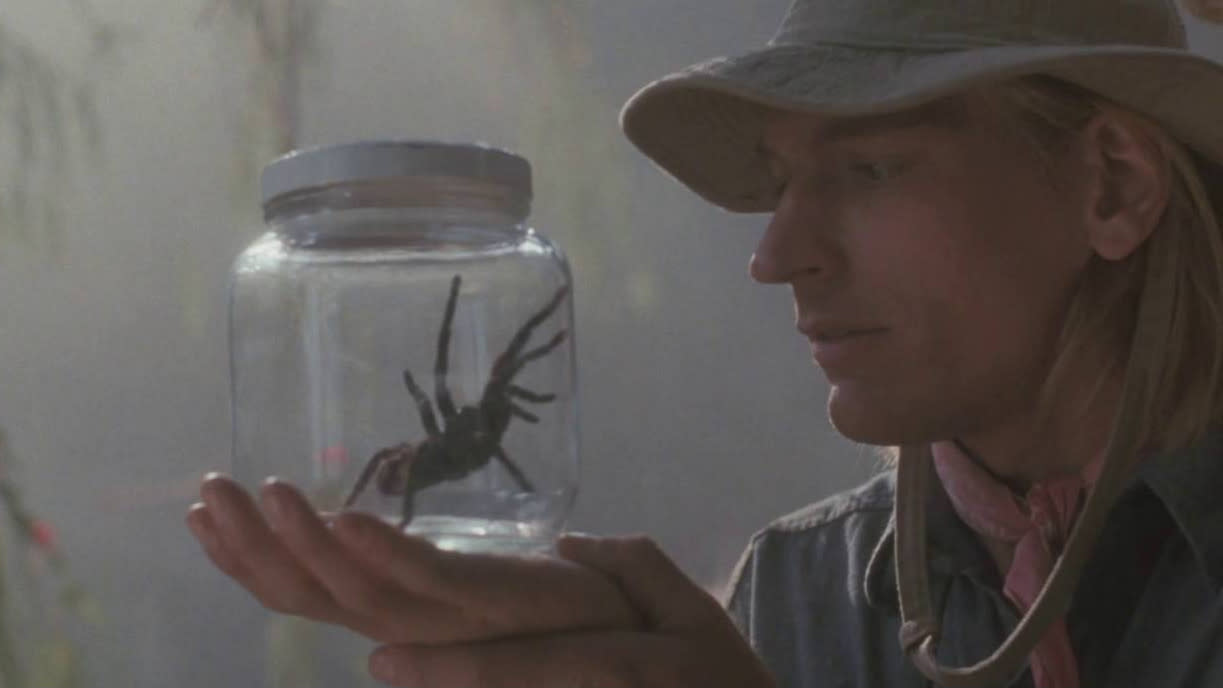
Thirty years ago, regular filmmaking buddies Steven Spielberg and Frank Marshall joined forces for a movie that was funny, terrifying and which taught an entire generation to worry about what’s lurking in the corners of their living rooms. Arachnophobia, directed by Marshall in his first ever feature behind the camera, made a huge impact and earned a decent $53m (£42m) worldwide.
The film depicts the infestation of a town following the birth of a deadly new spider species, created when an aggressive arachnid unwittingly flown from the Amazon rainforest to California mates with a common local house spider. Soon, people are dying from spider bites and an exterminator — played by John Goodman — is drafted in to kick some eight-legged butt. If indeed spiders have butts.
Read more: Arachnophobia remake in the pipeline from James Wan
Marshall set out to make the movie for a fairly wide audience. It’s an Amblin picture after all. In the UK, it was a PG certificate and, in the USA, it’s a PG-13.
The director told EW on set that he “wanted it to be scary, but not too terrifying” — more like a rollercoaster than a night spent in a haunted house — and said the film is “frightening, but in a fun way. Marketing leaned heavily on the more humorous excesses of the material, with the rather awkward portmanteau genre “thrill-omedy” coined to describe its style. It hasn’t really caught on.
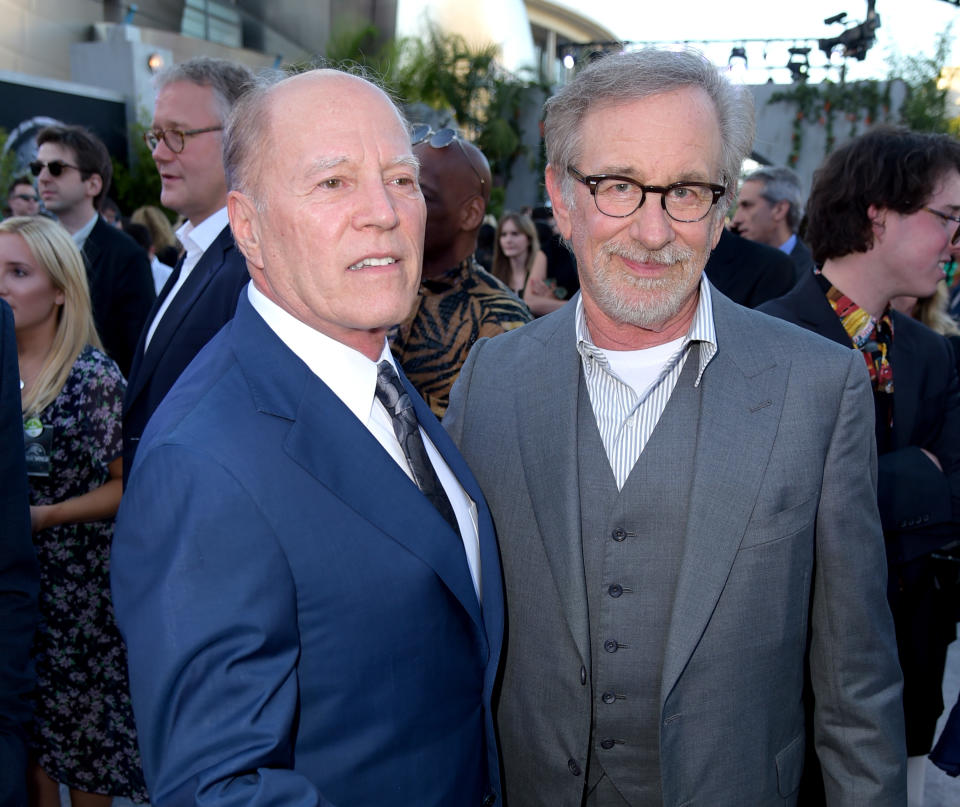
Naturally, to make this idea work, they were going to need to find a way to make spiders take direction. They carried out a sort of decathlon — seriously — to decide which species would do the job they needed. The production decided upon the Avondale spider — known in its native Australia as the flat huntsman — to depict the central species and used more than 300 of the animal, which is known to be sociable.
In the movie, of course, their bites are deadly, but the cast were in no danger. The Avondale will bite in rare circumstances, but they are considered harmless. They would go on to bite Tobey Maguire in the first Spider-Man movie. And he got super powers, so that’s a definite bonus.
Read more: Disturbing scenes in family movies
Crew members learned a variety of odd techniques to control the animals, using hot and cold air to coax them in certain directions, as well as using the critters’ own phobia of Lemon Pledge cleaner to guide their movements. More complex shots required microscopic leashes or tiny steel plates that could be guided with electromagnets. Naturally, things went wrong a lot and dozens of takes were consigned to the cutting room floor immediately due to misbehaving arachnids.
But while all of this would suffice for the grunts, they’d need something more dramatic for the two spiders known as “The General” and “The Queen”.
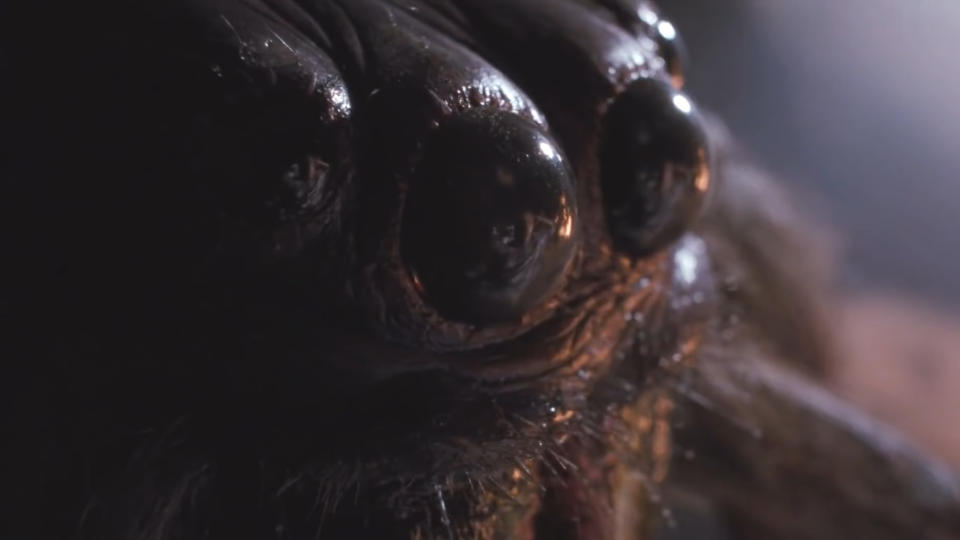
The spider that made the journey to the USA from South America was portrayed not by an Avondale, but by a huge bird-eating tarantula. He was playfully named Big Bob in a nod to Marshall and Spielberg’s contemporary Robert Zemeckis. Purple markings were painted on and he was given a strap-on abdomen to increase his size.
Even the new and improved Big Bob, however, was not large enough for some of the stunts required of the fearsome General and so a 15-inch mechanical spider was constructed by then rookie Jamie Hyneman, who is now best known as one of the hosts of MythBusters. This beastie looked terrifying enough to handle fearsome close-ups, as well as the physical demands of menacing the lead characters.
Read more: What happened to these famous movie animals?
Leading man Jeff Daniels had a better time with the mechanical spider than he did with Big Bob, who apparently took a dislike to him. Daniels said he had “no rapport” with the creature, who would often rear up and hiss at him. He added to EW: “The spider wranglers were off camera wearing thick, heavy gloves, yelling: ‘If he comes after you, we’ll be jumping in right away’. ”But meanwhile, it’s the movies, you know, and they’re going: ‘Let’s do it again. Let’s see if we can get him to crawl closer to Jeff’s hand.’”
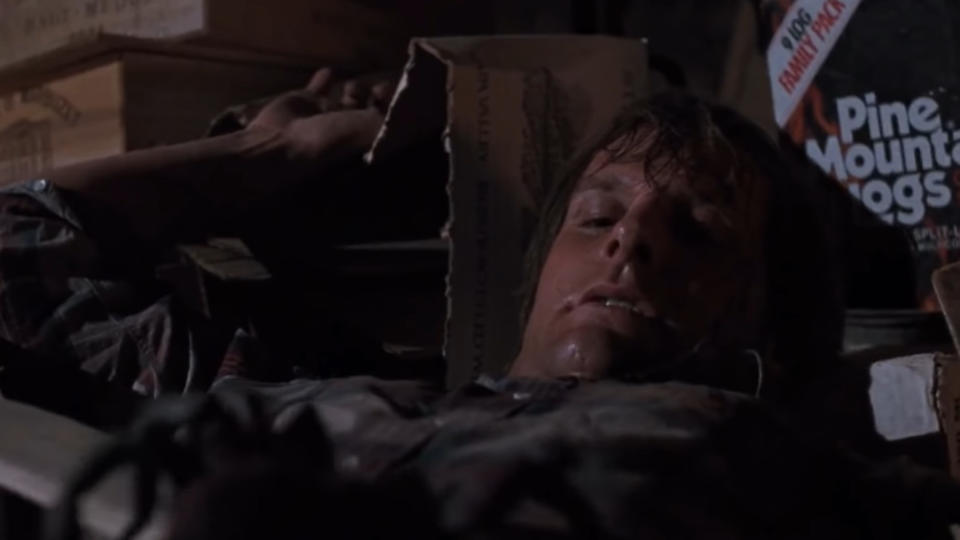
The climactic face-off between Daniels and Bob — mercifully with the animatronic spider taking centre stage — was the last scene filmed, unfolding over two weeks of 13-hour days to get it right. Daniels spent several of those days pinned under debris in a basement, hurling wine bottles at the spider, while under strict instructions not to hit the expensive model.
During that scene, Daniels did manage to get his own back on Big Bob, inadvertently drenching him with wine in one of the takes, delaying filming for hours while he dried off. Of course, the production was very careful to maintain the safety of its animal performers. When dead spiders were needed, the crew used arachnids that had died of natural causes. Goodman often joked that wrangler Steven Kutcher cared more about the spiders on set than the people.
Read more: John Goodman joins Big Lebowski reunion
For one scene, Goodman had to squirt a spider with insecticide and then crush it under his boot. Filming the 20-second sequence took hours as the actor sprayed a rubber spider and then used a special boot for the crushing scene. Goodman wore a boot with a hollowed-out sole to ensure that the spider was never harmed. ”It would just curl up inside and wait for the next take,” the actor told EW. Hopefully no one told Christopher Nolan they let the spider sit down.
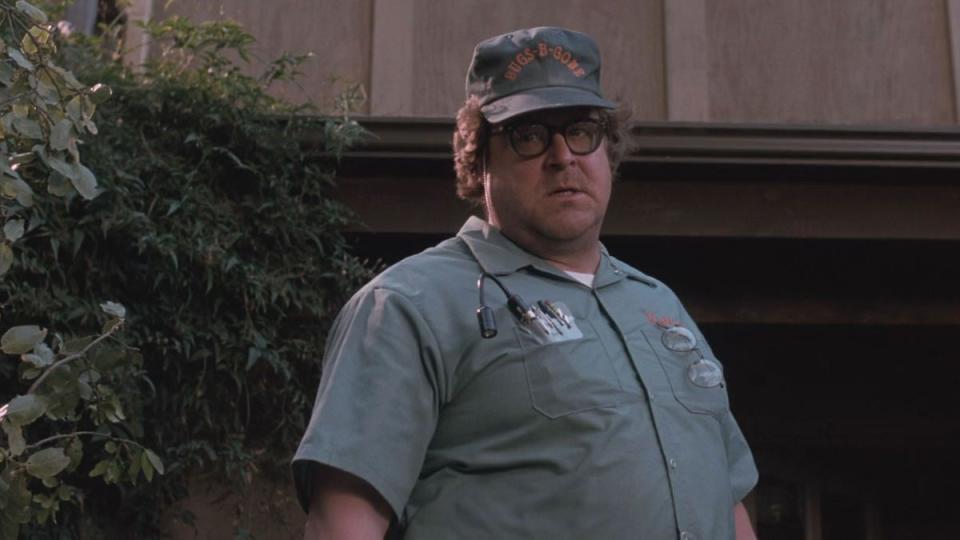
Another great creature attack film that inspired Arachnophobia was Alfred Hitchcock’s The Birds, which served as a guideline for its tone, walking a line between horror and popcorn-munching fun. In fact, Marshall’s movie almost included an explicit nod to the Hitchcock tale in its ending. Daniels told the Orlando Sentinel that there was a moment after the spider danger is conquered in which “one bird lands on the swing set and then another, and we just turn and look” in reference to one of the most famous moments of the classic. It was apparently Spielberg who rubbished the idea.
Read more: Spielberg on whether a Goonies sequel will happen
After Arachnophobia, subsequent movies in the creature feature genre would use CGI — both good and bad — to depict the threats to their human characters. The film is a sort of time capsule for the enterprising, lo-fi special effects that used to be the bread and butter of thriller crews. It’s obviously far from being a perfect movie, but its production story showcases just how much effort went into making it work.
Thirty years on, it still has many of us scarpering whenever an eight-legged beastie emerges from behind the sofa. No, it’s probably not a Venezuelan murder bug, but you can never be too sure.

 Yahoo Movies
Yahoo Movies 
